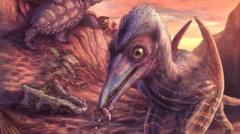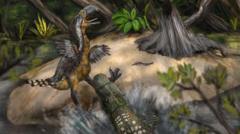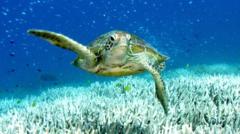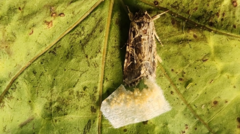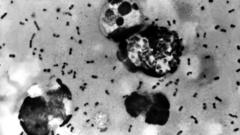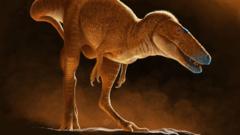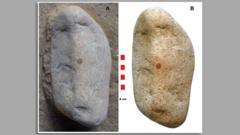A team of scientists has uncovered a remarkable new species of pterosaur, named Eotephradactylus mcintireae, which soared above the Earth over 200 million years ago. The findings, published in the journal Proceedings of the National Academy of Sciences, detail how the jawbone of this flying reptile was discovered in the Petrified Forest National Park in Arizona back in 2011. However, it is only now, with the aid of advanced scanning techniques, that researchers have been able to confirm it as a unique species.
The name Eotephradactylus mcintireae translates to "ash-winged dawn goddess," honoring the volcanic ash that played a key role in preserving its remains within an ancient riverbed. These fossils date back to the Late Triassic period, making this pterosaur the earliest known specimen discovered in North America.
Dr. Ben Kligman, one of the researchers on the project, remarked on the rarity of finding Triassic pterosaur bones, which typically are small and thin, making them less likely to survive fossilization. The ancient river system, which once flowed through the central region of the supercontinent Pangaea, was instrumental in trapping and preserving various life forms, including other fossils like fish scales and coprolites.
Analysis of the pterosaur's teeth suggests that it primarily consumed prey with hard exoskeletons, likely primitive armored fish. This finding not only reveals insights into this reptile's diet but also illustrates the ecological dynamics of the time, where both extinct and extant species cohabitated.
The fossil bed provides a unique snapshot of a complex ecosystem that existed 200 million years ago, consisting of now-extinct giant amphibians and early relatives of modern crocodiles, living alongside contemporary species such as frogs and turtles. This discovery of Eotephradactylus mcintireae underscores the importance of such fossil beds in reconstructing the evolutionary history and biological diversity of prehistoric life, marking a turning point in the understanding of evolution during the Triassic period.

